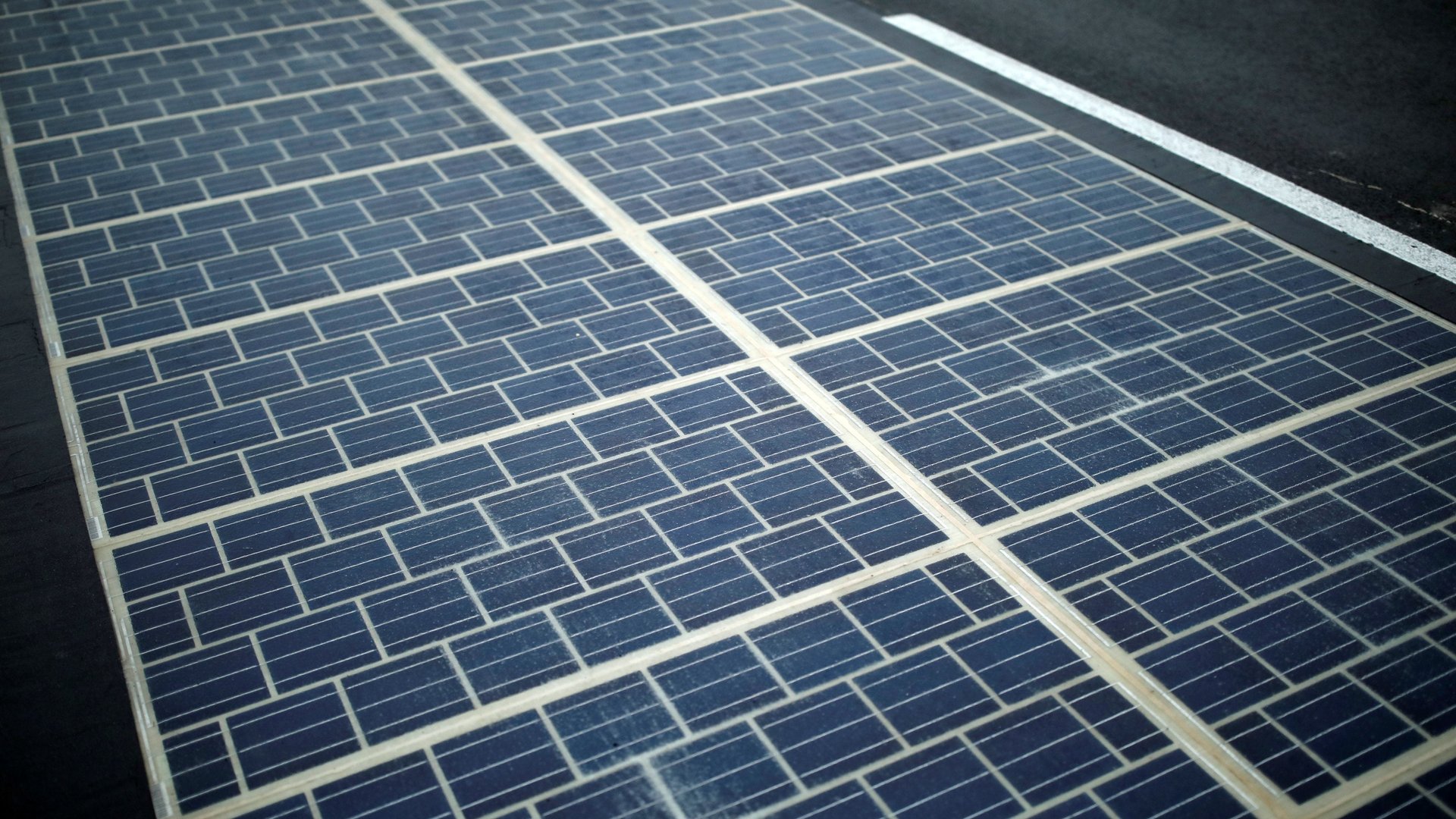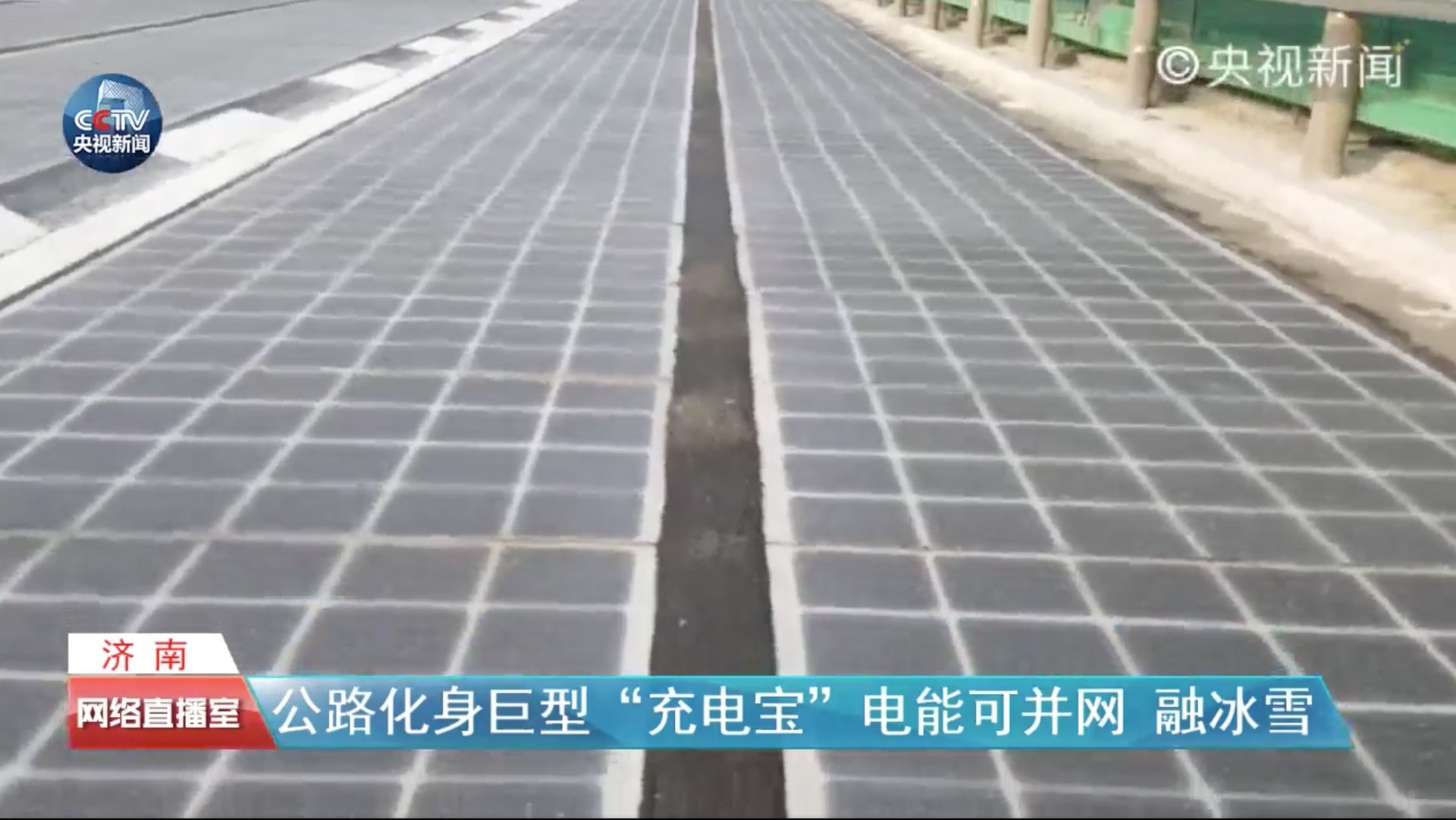A new solar highway in China perfectly captures its clean-energy ambitions
The idea of solar roads has been dismissed by many as being impractical. But that didn’t stop China from opening one for testing today, joining the ranks of France, Holland, and other countries giving it a shot.


The idea of solar roads has been dismissed by many as being impractical. But that didn’t stop China from opening one for testing today, joining the ranks of France, Holland, and other countries giving it a shot.
In Jinan, the capital of the northeastern Shandong province, traffic is now rolling over a stretch of expressway that’s also generating electricity from the sun, according to state-run CCTV (link in Chinese). Extending for 1 km (0.6 miles), the stretch is made of three layers: transparent concrete on the top, photovoltaic panels in the middle, and insulation on the bottom. The area covered comes out to 5,875 square meters (63,200 sq ft).

China is billing the project as the world’s first photovoltaic highway. In late 2016, a village in France opened what it claimed was the world’s first solar-panel road, running for about the same length as China’s new stretch though covering about half the area. In 2014, the Netherlands built a bike path embedded with solar panels.
The Jinan stretch includes two lanes and an emergency lane and is designed for both electricity generation and public transport, according to Zhang Hongchao, a project designer and transportation engineering expert at China’s Tongji University interviewed by CCTV. He said the expressway could handle 10 times more pressure than the normal asphalt variety and in a year generate 1 million kWH of electricity, which will be used to power street lights and a snow-melting system on the road. It’s also designed to supply power to charging stations for electric vehicles, should those be added in the future.
But it might be a while before the project can expand, he noted, as the road cost around 3,000 yuan ($458) per sq m, significantly higher than regular streets.
Still, the project signals China’s solar-power ambitions. Last year the country became the world’s top solar-energy producer, boosting its photovoltaic capacity to around 78 gigawatts, and it’s aiming for 105 by 2020. China’s eastern city of Huainan, meanwhile, operates the world’s biggest floating solar project, which could eventually power 94,000 homes.